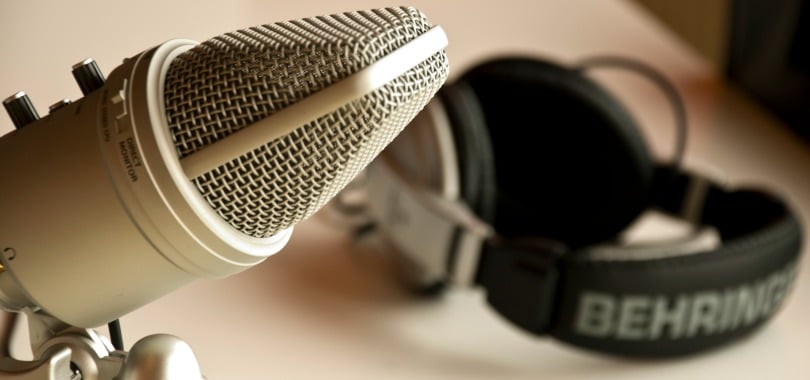

If you want to record voices or music with a higher quality sound for your podcast, an XLR microphone should be used. Most USB microphones have a cardioid polar pattern, which means they pick up sound from the front, making them ideal for podcasts or voiceovers. USB microphones are not only convenient and simple to use, but they are also less expensive than XLR microphones. There are two types of connections when it comes to podcast microphones- USB and XLR. It is perfect for you if you wish to pick up on subtleties in a voice, such as when recording a podcast or as a vocalist in a booth.Ĭondenser microphone usage is often far more static than dynamic microphone applications.Ĭondenser microphone capacitor plates are far more brittle than dynamic microphone capacitor plates.

On the other hand, condenser microphones are the other type of microphone that is more popular. These can be used to record a performer on stage, an interview on the street, or simply a guitar or drum kick. As the soundwaves move the coil, they are converted into an electrical signal that can be recorded. The first type, which is a dynamic microphone, is best used in loud environments. When buying a microphone for your podcast, you must remember that it comes in two kinds: dynamic and condenser. Given that we have different definitions of "best" microphones, it is still a must to check on these factors to make sure you’ll be getting the best one.Īnd for you to have a clear understanding of why these things should be put on the table, here’s a further explanation: Microphone Type


 0 kommentar(er)
0 kommentar(er)
